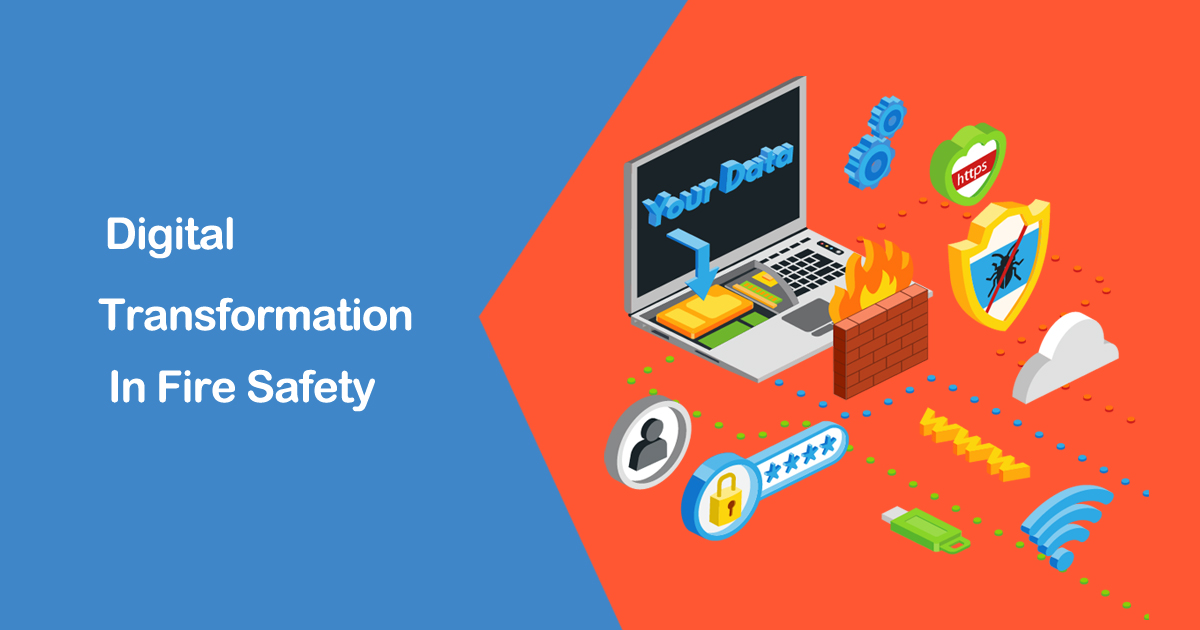Digital transformation is revolutionizing the way organizations approach fire safety. This includes the adoption of new technologies, such as IoT sensors, big data analytics, and cloud computing, to improve fire detection, prevention, and response. In this article, we will explore the benefits and challenges of digital transformation in fire safety and discuss how organizations can successfully implement these new technologies.
One of the key benefits of digital transformation in fire safety is the ability to detect fires in real-time using IoT sensors. These sensors can be placed in strategic locations, such as throughout a building or industrial facility, to detect smoke, heat, and other signs of a fire. The data from these sensors is then sent to a central control system, which can alert the appropriate personnel in the event of a fire. This allows for faster response times and can help to minimize damage and reduce the risk of injuries.
Another key benefit of digital transformation in fire safety is the ability to use big data analytics to identify patterns and trends that can help to predict and prevent fires. By collecting and analyzing data from multiple sources, such as IoT sensors, CCTV cameras, and weather data, organizations can gain valuable insights into the causes of fires and develop effective prevention strategies.
Cloud computing is also playing a significant role in digital transformation of fire safety. By using cloud-based services, organizations can store, process and analyze large amounts of data from various sources, making it easier to access and share information among different teams. This technology can be used to perform large-scale data analysis, including complex simulations and modeling of fire dynamics, which can help organizations better prepare for fire events.
While digital transformation can bring many benefits in fire safety, it also presents a number of challenges. One of the main challenges is ensuring the security and privacy of sensitive data. As organizations collect and store more data, they must also be able to protect it from cyber threats and unauthorized access. Additionally, organizations need to ensure that the technology they adopt is reliable and able to withstand the harsh conditions often found in industrial and commercial environments.
Another challenge is the need for skilled personnel to operate and maintain the new technologies. Digital transformation requires organizations to have an understanding of the technology and how it can be used to improve fire safety. This can be difficult for organizations that have not previously adopted digital solutions, and requires significant investment in training and development of employees.
To successfully implement digital transformation in fire safety, organizations must take a holistic approach. This means not only investing in new technologies, but also in the people and processes that will be required to make the most of them. This includes investing in employee training and development, developing clear policies and procedures for data management, and working with partners and vendors who have expertise in the technology.
In conclusion, digital transformation is having a significant impact on fire safety, and is set to revolutionize the way organizations approach fire detection, prevention, and response. By leveraging the power of new technologies such as IoT sensors, big data analytics, and cloud computing, organizations can improve fire safety, reduce damage and minimize risk of injuries. However, it is crucial that organizations take a comprehensive approach, investing in both technology and personnel to ensure that they can successfully implement and realize the benefits of digital transformation in fire safety.








